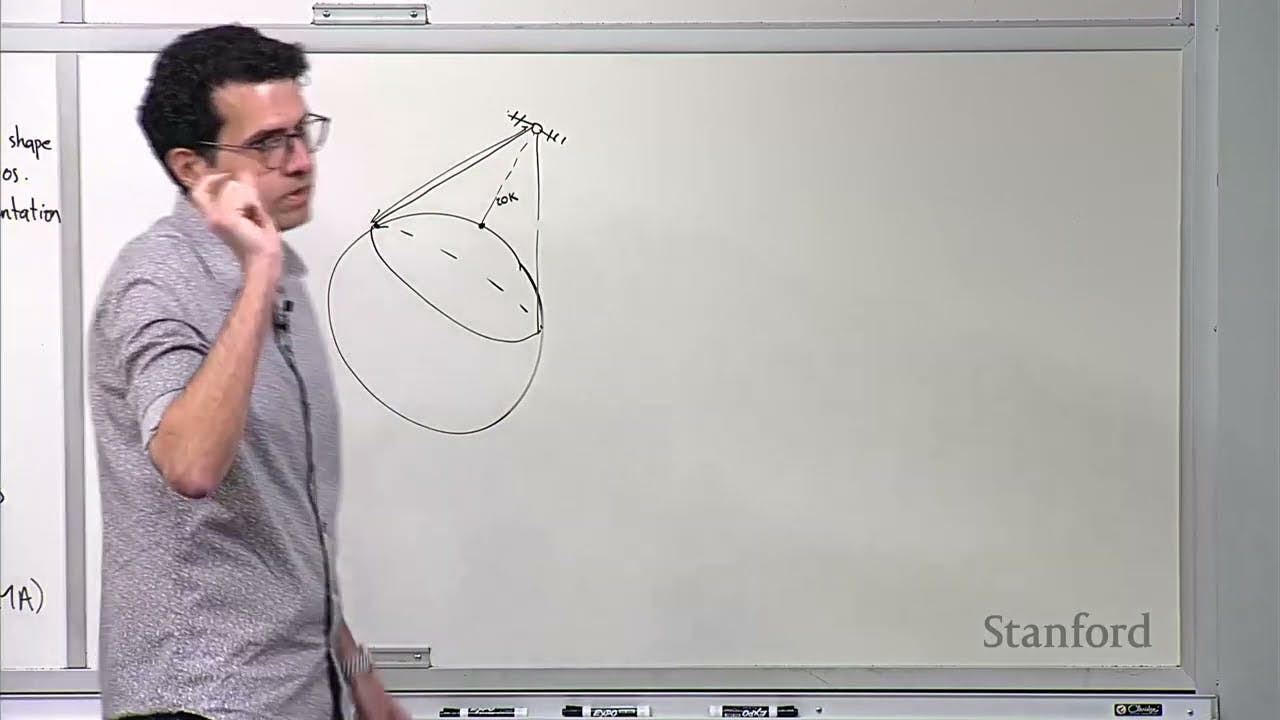Stanford EE259 I GPS receiver architecture, acquisition & tracking, position est. I 2023 I Lecture 4

This YouTube video is a lecture about GPS. The lecturer starts by reviewing the key ideas from the previous lecture, which include how the receiver determines the position of the satellites using the information in the navigation messages, and how time of flight estimation is done using ranging codes.
The lecturer explains that GPS receivers use the orbital parameters in the navigation messages to estimate the position of the satellites accurately. The receiver also uses correction parameters to track the satellites' positions continuously. The lecture then discusses the concept of time of flight estimation using ranging codes, which involves calculating the correlation function to find the peak that represents the time delay.
The lecturer explains that GPS receivers use specific codes called M sequences or maximal length sequences for good correlation properties. These codes have low side lobes and are easy to generate. The low cross-correlation between these codes is the key idea behind code division multiple access, which allows the receiver to differentiate between different signals.
Next, the lecturer discusses three non-idealities in GPS receivers: the Doppler shift, receiver clock synchronization, and range ambiguity. The Doppler shift is compensated for by estimating and tracking the Doppler shift. Clock synchronization errors cause a timing offset, which needs to be compensated for. Range ambiguity occurs because the signals transmitted by satellites are periodic, and the correlations also have periodicity.
To solve these non-idealities, the lecturer explains that there are different techniques used by GPS manufacturers, such as using multiple measurements from different satellites, waiting for the satellite to move in orbit to estimate its trajectory, and using bit synchronization in the navigation message frames.
The lecture then explains the signal chain in a GPS receiver, including the RF front end, analog-to-digital conversion, demodulation, and correlation. The lecturer details how Doppler compensation and correlation work in the receiver, with an emphasis on the process of acquiring and tracking satellites.
The lecturer discusses how GPS receivers acquire satellite signals by performing a 2D search in the Doppler and pseudo-range spaces. The receiver then tracks the satellites by continuously updating its estimate of the Doppler shift and pseudo-range.
After acquiring and tracking the satellites, the lecture explains how GPS receivers estimate their own position using the measured pseudo-ranges to the satellites. The lecture demonstrates the formulation of the problem as a non-linear system of equations and introduces the Gauss-Newton method for solving it.
The lecture concludes by mentioning the sources of error in GPS, including satellite position inaccuracies, atmospheric delays, multi-path interference, and interferences. The lecturer also mentions that GPS can be used for velocity estimation in addition to position estimation.
Overall, the lecture provides a comprehensive overview of GPS, including its key principles, signal processing, error sources, and estimation techniques.